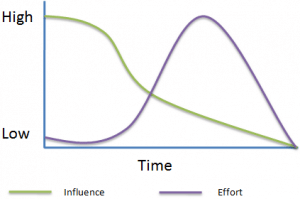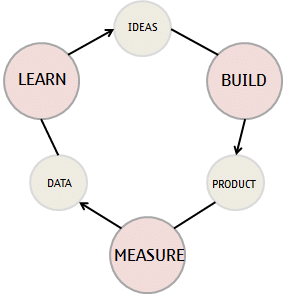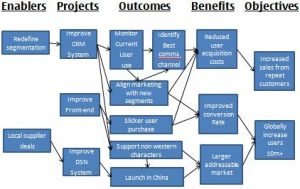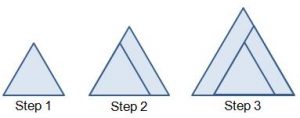In its most broad sense scenario planning is a strategic planning tool that can help organizations make adaptive long term plans. This is done based on consideration of the major changes and trends taking place in the world, such as PESTLE trends – political, economic, social, technical, legal, and economic.
Predicting the future is difficult, but predicting the future in this most broad of senses is almost impossible. Here are some famous examples of bad predictions:
- “I think there is a world market for maybe 5 computers” – Thomas Watson, chairman of IBM, 1943
- “640K ought to be enough for anybody.” – Bill Gates (attributed)
- “There is no reason anyone would want a computer in their home.” – Ken Olson, founder of D.E.C.
Scenario Planning essentially helps us construct new futures based on major trends and other factors, and thus allows us to understand how we might live and operate in these futures. From understanding this information organizations can build more resilient and flexible long term plans.
In a program management or project management context scenario planning can also be useful. Simply discussing different scenarios with your team, your colleagues, and your stakeholders can shed new light on your project or program, helping you to build a more resilient plan or identify new opportunities you had not previously considered.
Here are three ways scenario planning can help project and program managers:
Preparatory Planning
Scenario planning can be used as a tool for being prepared when you know that change is coming, but you don’t know what the change will be. For example, you may be managing a project whilst your organization is being merged with another organization, or running a program in the knowledge that the organizational strategic direction is about to change. In these and similar instances scenario planning can help you build a better and more flexible plan now, so as you are better prepared when the big change arrives. This could mean being able to change direction more quickly, or simply being able to change plans with minimal overhead.
Risk Management
In a risk management context, scenario planning can be useful to help us think about what we might do if our major risks did actually materialize. By putting ourselves into the world where the risk has materialized, we can look to understand what actions we would recommend or take in this situation. This information can again be used to improve our current plan.
Generating New Ideas
The aim here is to understand what we are working on in the context of the major trends that are going on the world and the industry in which we operate. If we lived in a world where a major trend was extrapolated, how would this affect the benefit profile of our program? Can we think of new benefits or objectives for our work? Can we think of a better way to plan because these overarching trends are happening?
Summary
Scenario planning is primarily considered a strategic planning tool to help organizations make flexible long-term plans. In a program management context, scenario planning can also help us to make more resilient and flexible plans. Three obvious uses of scenario planning to a program manager or project manager are preparatory planning, risk management, and to assist in the generation of new ideas.







